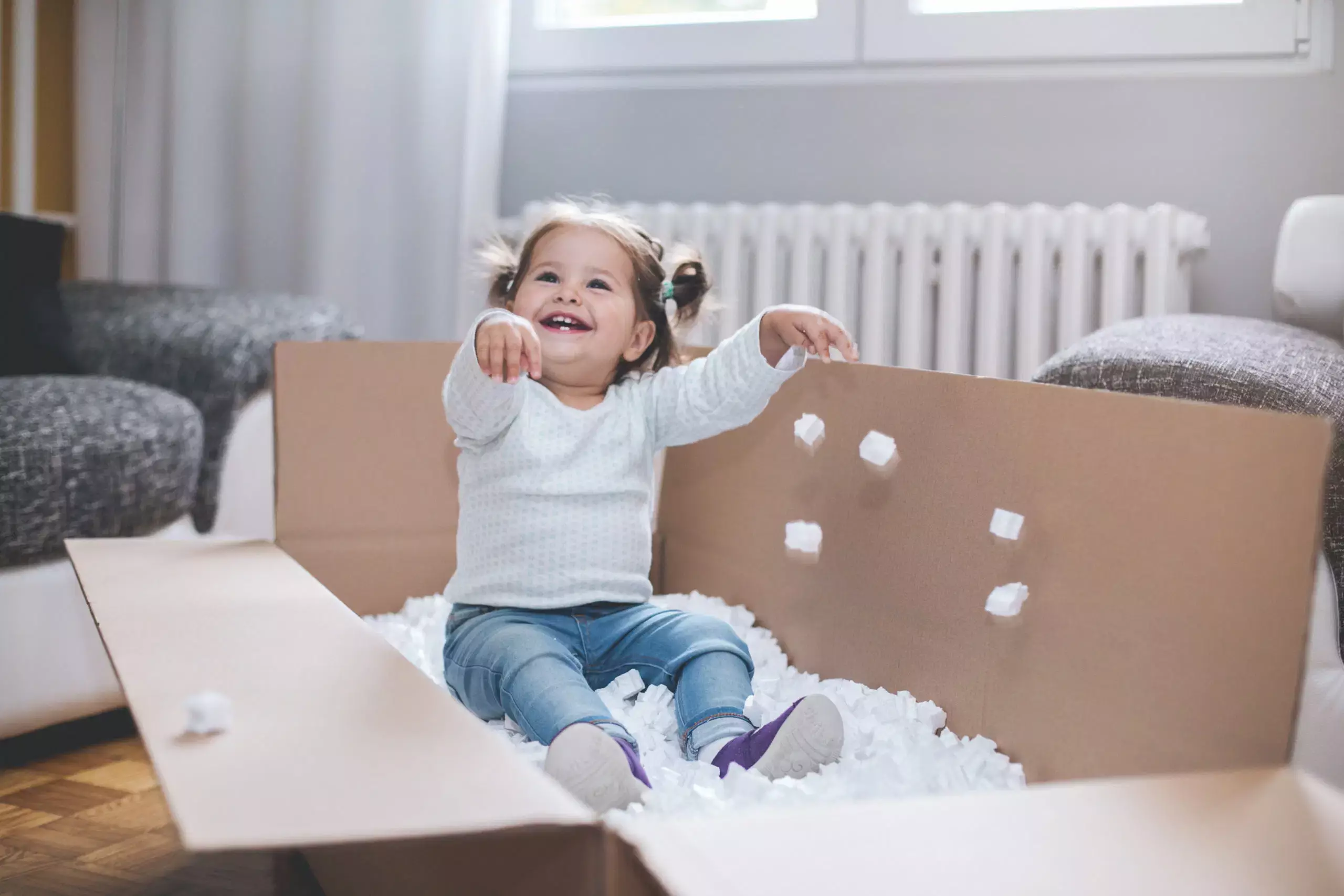Relocating is notorious for being one of life’s greatest stressors, and when kids are part of the equation, the challenge escalates exponentially. As parents, we often feel overwhelmed by the prospect of packing up our lives while juggling the whims and needs of our little ones. However, it’s time to flip the narrative and realize that with the right approach, moving can be an exciting adventure for the entire family.
Understanding the Challenge of Moving with Toddlers
Moving involves much more than transferring physical items; it entails a significant emotional shift as well. Toddlers thrive on routine and consistency, and a move disrupts their familiar environment. Consequently, their behavior may become erratic, manifesting in whining and tantrums that can ashes of frustration build up for parents. Recognizing this emotional upheaval is crucial; a child’s challenging behavior often signals a need for connection and reassurance amidst the chaos of packing boxes and changes.
To counter these emotional challenges, expect that your little ones may not understand what’s happening, leading them to seek attention in less-than-ideal ways. By anticipating these moments, parents can transform the relocation process from a source of stress into an opportunity for shared joy.
Embracing Connection Before the Move
Before diving into the packing frenzy, dedicate time to reconnect with your child. This connection can significantly ease transition-related anxiety. Busy parents often underestimate the power of focused, quality engagement, but setting aside just 10-15 minutes for uninterrupted play can work wonders. Designate this time as “Family Fun Time,” allowing your child to take the lead on activities. Whether it’s building a fort or simply shooting hoops in the backyard, this special attention can refill their emotional cup and make them more amenable to the tasks ahead.
Make it a game by incorporating music into the packing routine. Turn on some fun songs and let your toddlers dance while you pack. Also, giving them a box to fill with their toys empowers them and fosters independence. Even if the packing isn’t perfectly organized, the goal is to keep them engaged and entertained.
Transforming Packing into Playtime
Packing should not serve as a dull chore; instead, it can be a whimsical adventure. One effective way is through the concept of “giggle parenting.” This approach involves injecting humor into the otherwise mundane process of packing. Utilize playful banter or silly antics, like pretending that an oversized toy could actually belong in a box. For example, make a grand show of “discovering” a toy in the middle of packing and acting surprised when it proves to be your child’s precious possession. These moments not only create laughter but also shift their focus back to having fun.
Moreover, consider enlisting the help of puppets. Using a puppet to ask your child to help pack can add a layer of fun to the task. The silliness of a puppet character can captivate their attention and lessen feelings of displacement, turning what could be a stressful engagement into a delightful interplay.
Encouraging Active Participation
Once you’ve established a fun atmosphere, why not set up packing games that involve a bit of competition? Create friendly challenges, such as a race to pack a set amount of toys or see who can pack the most items within a time limit. Highlighting their victory with exaggerated excitement goes a long way in motivating kids to participate actively. Letting them “win” when they pack quicker than you can instill a sense of accomplishment and control, essential during tumultuous transitions.
Another imaginative tactic is to introduce role-playing. Use a toy stroller as a packing delivery service, turning your child’s engagement into a playful task with a purpose. This method fulfills their desire for participation while genuinely lightening your load.
Emotional Validation and Self-Care for Parents
As the day unfolds, recognize that while you may be busy packing, emotions—both yours and your child’s—may surge. Acknowledge that crying can provide necessary emotional relief for children. Rather than stifling these feelings, offer empathy, listen, and ensure they feel understood. This connection during tough moments can significantly strengthen your bond, making them more cooperative later.
Equally important is self-care for parents navigating this hectic process. Don’t forget to indulge yourself in moments of respite. Whether it’s savoring takeout after a long day or winding down with a good book and cuddling under a blanket, these moments of self-indulgence will recharge your batteries for the next whirlwind day of packing and relocation.
Moving, especially with toddlers in tow, might feel like an uphill battle, but with creativity and intentionality, it can evolve into a delightful experience, transforming fear and anxiety into joy and connection.

